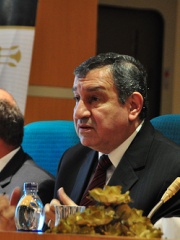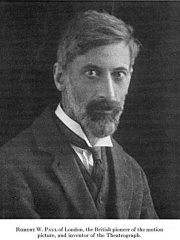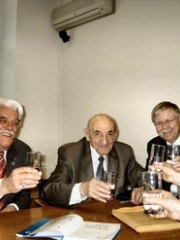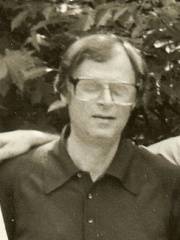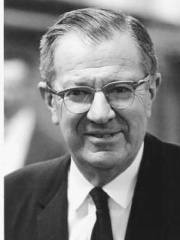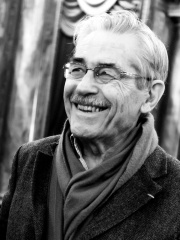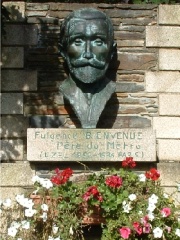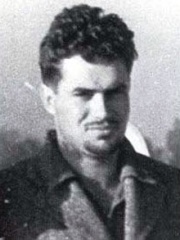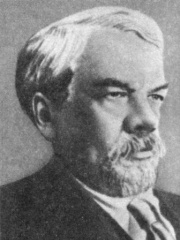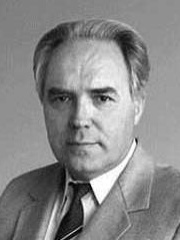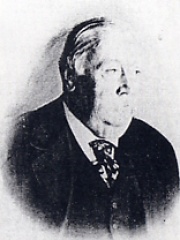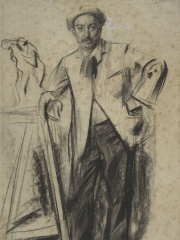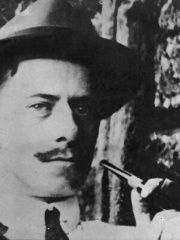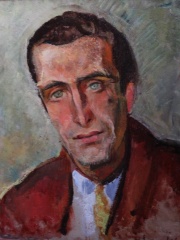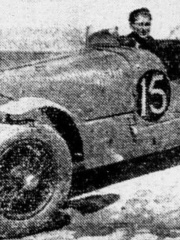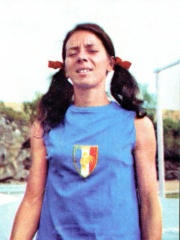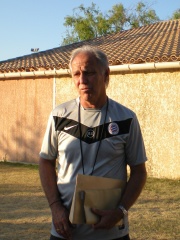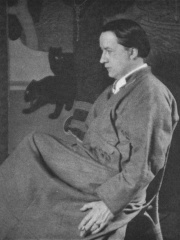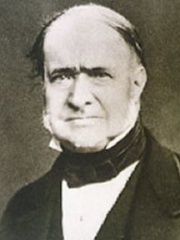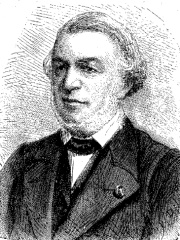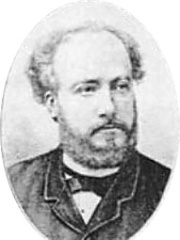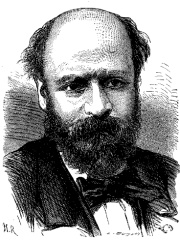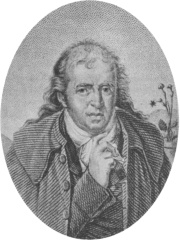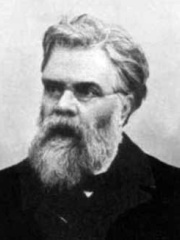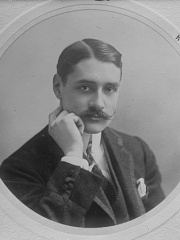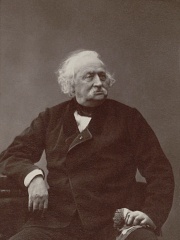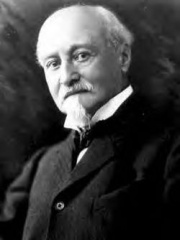ENGINEER
Louis Vicat
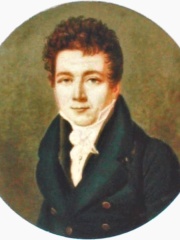
 Louis Vicat
Louis Vicat
Louis Vicat (31 March 1786, Nevers – 10 April 1861, Grenoble) was a French engineer. He graduated from the École Polytechnique in 1804 and the École des Ponts et Chaussées in 1806. Vicat studied the setting of mortars and developed his own. Read more on Wikipedia
Since 2007, the English Wikipedia page of Louis Vicat has received more than 32,948 page views. His biography is available in 16 different languages on Wikipedia. Louis Vicat is the 258th most popular engineer, the 3,965th most popular biography from France and the 48th most popular French Engineer.
Memorability Metrics
33k
Page Views (PV)
47.31
Historical Popularity Index (HPI)
16
Languages Editions (L)
3.44
Effective Languages (L*)
2.66
Coefficient of Variation (CV)
Page views of Louis Vicats by language
Among ENGINEERS
Among engineers, Louis Vicat ranks 258 out of 323. Before him are Essam Sharaf, Robert W. Paul, Boris Chertok, James B. Francis, Rudy Van Gelder, and Frederick Terman. After him are Hans Moravec, Louis Pouzin, Fulgence Bienvenüe, Jack Parsons, Sergey Chaplygin, and Mikhail Simonov.
Most Popular Engineers in Wikipedia
Go to all Rankings
Essam Sharaf
1952 - Present
HPI: 47.65
Rank: 252
Robert W. Paul
1869 - 1943
HPI: 47.63
Rank: 253
Boris Chertok
1912 - 2011
HPI: 47.62
Rank: 254
James B. Francis
1815 - 1892
HPI: 47.61
Rank: 255
Rudy Van Gelder
1924 - 2016
HPI: 47.61
Rank: 256
Frederick Terman
1900 - 1982
HPI: 47.41
Rank: 257
Louis Vicat
HPI: 47.31
Rank: 258
Hans Moravec
1948 - Present
HPI: 47.27
Rank: 259
Louis Pouzin
1931 - Present
HPI: 47.16
Rank: 260
Fulgence Bienvenüe
1852 - 1936
HPI: 47.15
Rank: 261
Jack Parsons
1914 - 1952
HPI: 47.14
Rank: 262
Sergey Chaplygin
1869 - 1942
HPI: 47.05
Rank: 263
Mikhail Simonov
1929 - 2011
HPI: 46.99
Rank: 264

In France
Among people born in France, Louis Vicat ranks 3,965 out of 6,011. Before him are Adrien René Franchet (1834), Audrey Fleurot (1977), Antonin Mercié (1845), Louis Hémon (1880), Pierre Emmanuel (1916), and Ludivine Sagnier (1979). After him are Emmanuel Drake del Castillo (1855), Eugène Chaboud (1907), Jo-Wilfried Tsonga (1985), Colette Besson (1946), René Girard (1954), and Edmund Dulac (1882).
Others born in France
Go to all Rankings
Adrien René Franchet
1834 - 1900
HPI: 47.35
Rank: 3,959
Audrey Fleurot
1977 - Present
HPI: 47.35
Rank: 3,960
Antonin Mercié
1845 - 1916
HPI: 47.35
Rank: 3,961
Louis Hémon
1880 - 1913
HPI: 47.34
Rank: 3,962
Pierre Emmanuel
1916 - 1984
HPI: 47.33
Rank: 3,963
Ludivine Sagnier
1979 - Present
HPI: 47.32
Rank: 3,964
Louis Vicat
HPI: 47.31
Rank: 3,965
Emmanuel Drake del Castillo
1855 - 1904
HPI: 47.31
Rank: 3,966
Eugène Chaboud
1907 - 1983
HPI: 47.30
Rank: 3,967
Jo-Wilfried Tsonga
1985 - Present
HPI: 47.30
Rank: 3,968
Colette Besson
1946 - 2005
HPI: 47.30
Rank: 3,969
René Girard
1954 - Present
HPI: 47.28
Rank: 3,970
Edmund Dulac
1882 - 1953
HPI: 47.28
Rank: 3,971

Among ENGINEERS In France
Among engineers born in France, Louis Vicat ranks 48. Before him are Jean-Baptiste Élie de Beaumont (1798), Eugène Flachat (1802), Marcel Deprez (1843), Jean-Augustin Barral (1819), Antoine Nicolas Duchesne (1747), and Ernest Goüin (1815). After him are Louis Pouzin (1931), Fulgence Bienvenüe (1852), Émile Lemoine (1840), Robert Esnault-Pelterie (1881), Albert Auguste Perdonnet (1801), and Octave Chanute (1832).

Jean-Baptiste Élie de Beaumont
1798 - 1874
HPI: 49.01
Rank: 42
Eugène Flachat
1802 - 1873
HPI: 48.69
Rank: 43
Marcel Deprez
1843 - 1918
HPI: 48.60
Rank: 44
Jean-Augustin Barral
1819 - 1884
HPI: 48.47
Rank: 45
Antoine Nicolas Duchesne
1747 - 1827
HPI: 48.21
Rank: 46
Ernest Goüin
1815 - 1885
HPI: 47.98
Rank: 47
Louis Vicat
HPI: 47.31
Rank: 48
Louis Pouzin
1931 - Present
HPI: 47.16
Rank: 49
Fulgence Bienvenüe
1852 - 1936
HPI: 47.15
Rank: 50
Émile Lemoine
1840 - 1912
HPI: 46.92
Rank: 51
Robert Esnault-Pelterie
1881 - 1957
HPI: 46.73
Rank: 52
Albert Auguste Perdonnet
1801 - 1867
HPI: 45.31
Rank: 53
Octave Chanute
1832 - 1910
HPI: 44.93
Rank: 54

